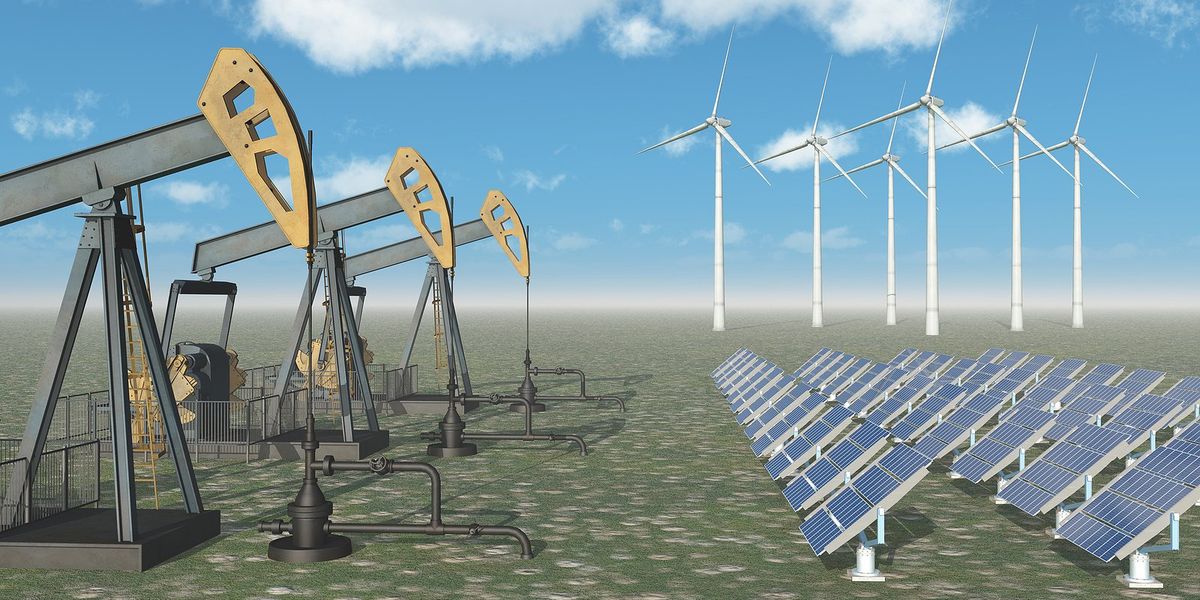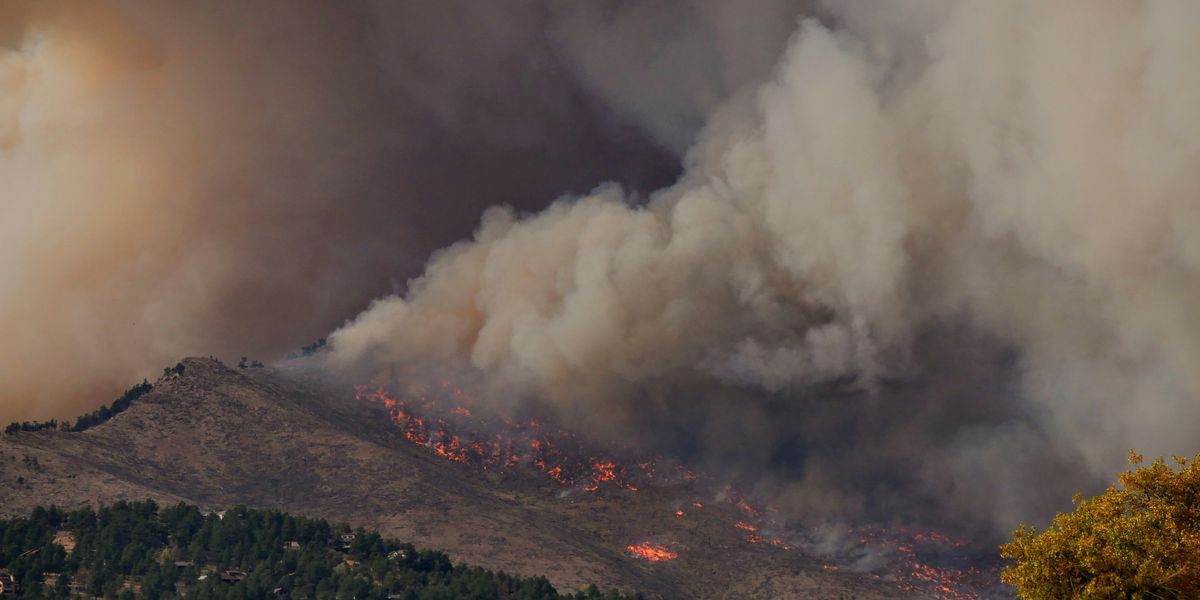Most new U.S. gas pipelines aim to boost exports, not domestic supply, report finds
More than 75% of new gas pipelines planned across the U.S. are intended for export markets, potentially leading to decades of high emissions and hindering the shift to cleaner energy, according to a new analysis.
Phil McKenna reports for Inside Climate News.
In short:
- A report from the Center for Energy & Environmental Analysis finds that most U.S. natural gas pipeline projects are designed to support liquefied natural gas (LNG) exports, not domestic use.
- Emissions from these projects — both carbon dioxide and methane — could exceed those from all current U.S. coal-fired power plants, particularly as methane regulations are rolled back by the Trump administration.
- Economic and permitting uncertainties may stall some projects, but industry support and government acceleration could embed fossil fuel dependency for decades.
Key quote:
“We know from hundreds of thousands of aerial and satellite measurements that methane leaks from oil and gas production are far worse than we previously realized, which makes the climate footprint of natural gas as bad as coal in many regions of the country.”
— Danny Richter, senior fellow with the Center for Energy & Environmental Analysis and the report's lead author
Why this matters:
The rapid expansion of natural gas infrastructure across the United States is a climate gamble with global consequences. Export-oriented gas projects intensify carbon emissions abroad while leaving behind a trail of local environmental risks, including air pollution from compressor stations and methane leaks. Methane, a potent greenhouse gas, traps more heat than carbon dioxide over the short term and escapes the gas system through poorly regulated wells, pipes, and shipping facilities. As the U.S. doubles down on exports, critics warn this infrastructure could undercut climate goals by prolonging fossil fuel dependency and delaying investments in cleaner, renewable energy. Meanwhile, regulatory rollbacks may weaken oversight of methane pollution just as field measurements reveal emissions are far higher than official estimates.
Related: Trump’s energy council operates quietly while reshaping fossil fuel policy













